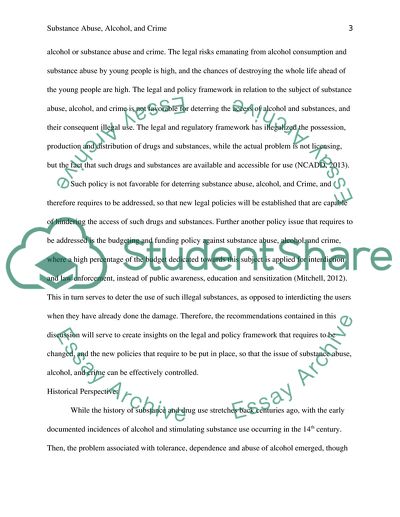Cite this document
(“Connection Between Substance Abuse and Crime Research Paper”, n.d.)
Connection Between Substance Abuse and Crime Research Paper. Retrieved from https://studentshare.org/law/1808526-substance-abuse-alcohol-and-crime
Connection Between Substance Abuse and Crime Research Paper. Retrieved from https://studentshare.org/law/1808526-substance-abuse-alcohol-and-crime
(Connection Between Substance Abuse and Crime Research Paper)
Connection Between Substance Abuse and Crime Research Paper. https://studentshare.org/law/1808526-substance-abuse-alcohol-and-crime.
Connection Between Substance Abuse and Crime Research Paper. https://studentshare.org/law/1808526-substance-abuse-alcohol-and-crime.
“Connection Between Substance Abuse and Crime Research Paper”, n.d. https://studentshare.org/law/1808526-substance-abuse-alcohol-and-crime.


